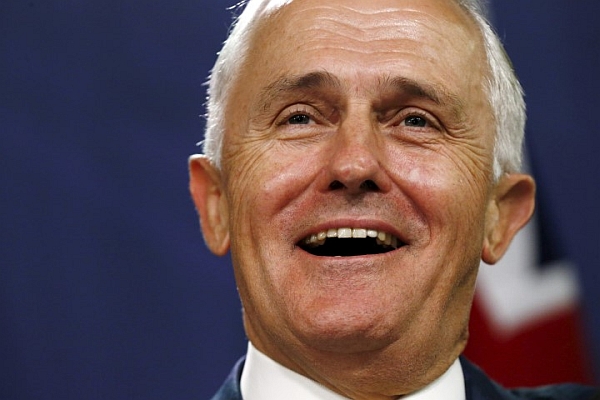Published on the 03/03/2016 | Written by Beverley Head

The 100 day “anniversary” of Malcolm Turnbull’s $1.1 billion innovation statement falls this month, and already questions are being asked about what has really been achieved…
While industry – and particularly the tech sector – was swift to applaud the initiative, and the refreshing talk of an agile economy and ideas boom, the dust is now settling. Communications analyst Paul Budde has gone so far as to say that since his appointment the Prime Minister’s “star is fading quickly.”
Certainly industry across the board is exasperated with his Government’s decision to shy away from wholesale tax reform seemingly for purely political reasons, but it seems still a little early to call any sort of failure on the innovation statement which is designed to steer activities for the next four years. Just last week the Government held its first Innovation and Science Committee of Cabinet, which is responsible for implementing the $1.1 billion National Innovation and Science Agenda (NISA) launched in December.
There has been other concrete progress; Treasurer Scott Morrison, for example, during a visit to Shanghai for the G20 finance meeting last week, announced a $150 million injection to spur Sydney FinTech hub Stone & Chalk’s push into Asia. He also, with the Prime Minister, announced a FinTech advisory panel which will keep the government informed about international progress in that sphere.
“Landing pads” where Australian start ups can camp and forge local networks when they first arrive in an international market have been announced for Tel Aviv, San Francisco and Shanghai with two more to come.
More than $100 million has been earmarked to encourage school and university students to study STEM (science, technology, engineering, maths) subjects, and as the academic year begins, universities report steady if not spectacular increase in demand for ICT courses.
In terms of the innovation track record, the Government yesterday announced that patent applications to IP Australia had risen 10 per cent last year. It also this week hosted 200 scientists in Canberra to explore how politicians and scientists can work better together.
That is essential according to the recently appointed chief scientist Dr Alan Finkel who in his first major address, yesterday warned that “If we want bold solutions in this century then we need science – and plenty of it.”
But he also warned that solving the really challenging issues of the future would take more than science; it would require comprehensive research; “Where research is the investigatory collaboration between science, technology, sociology, economics and the like.
“In all of the complex challenges that technology will bring, the humanities, arts and social sciences are critical to our research endeavour and we neglect them at our cost.”
Finkel is working alongside chairman Bill Ferris at Innovation and Science Australia to create a 15 year plan for investment in science, research and innovation which is intended as the nation’s strategic plan. He will also be involved in (yet another) review of the R&D Tax Incentive and leading a programme to develop a roadmap for Australia’s future national research infrastructure.
Admittedly this first period since the launch of the programme has been marked by an infestation of committees, review groups, and gabfests.
It’s been the equivalent of a 100-day stand up; now industry will be looking to see some sprints, and real deliverables.



























